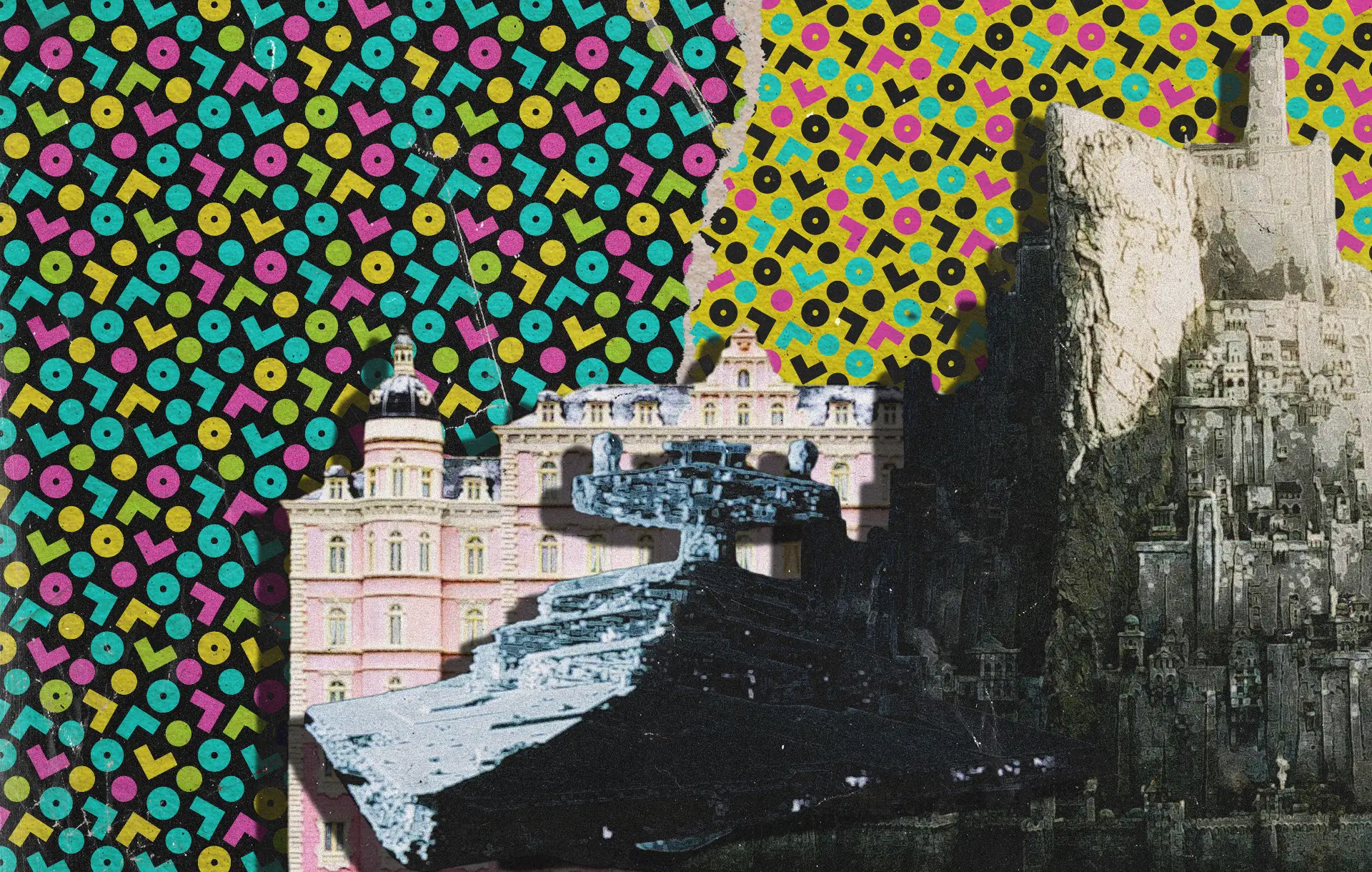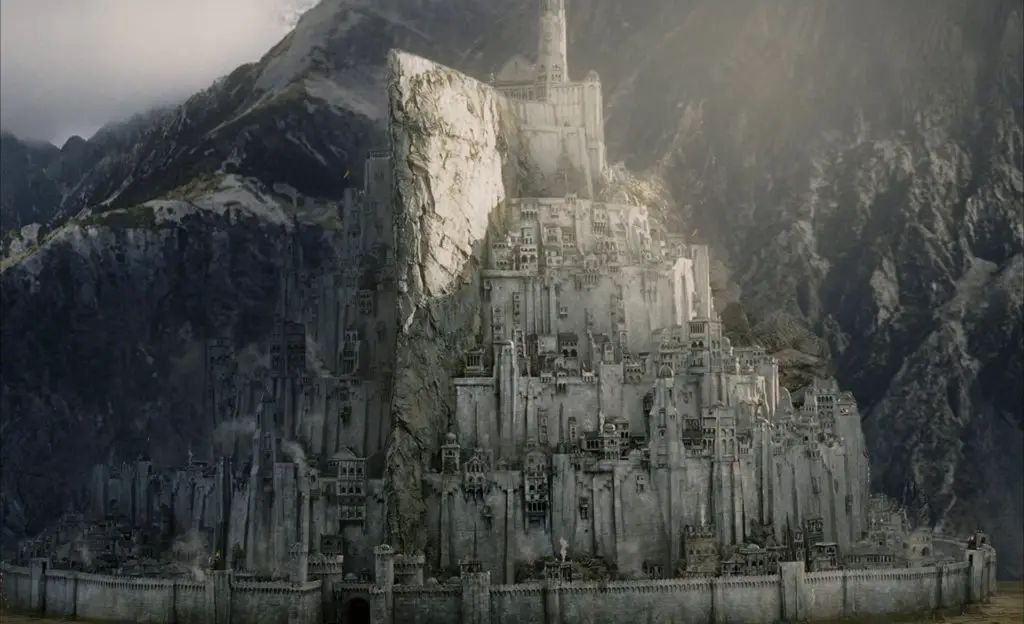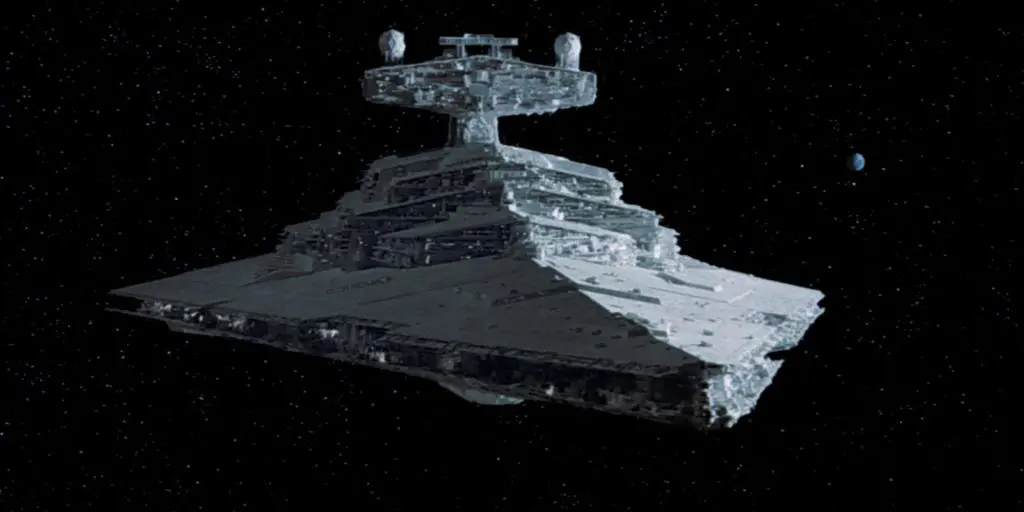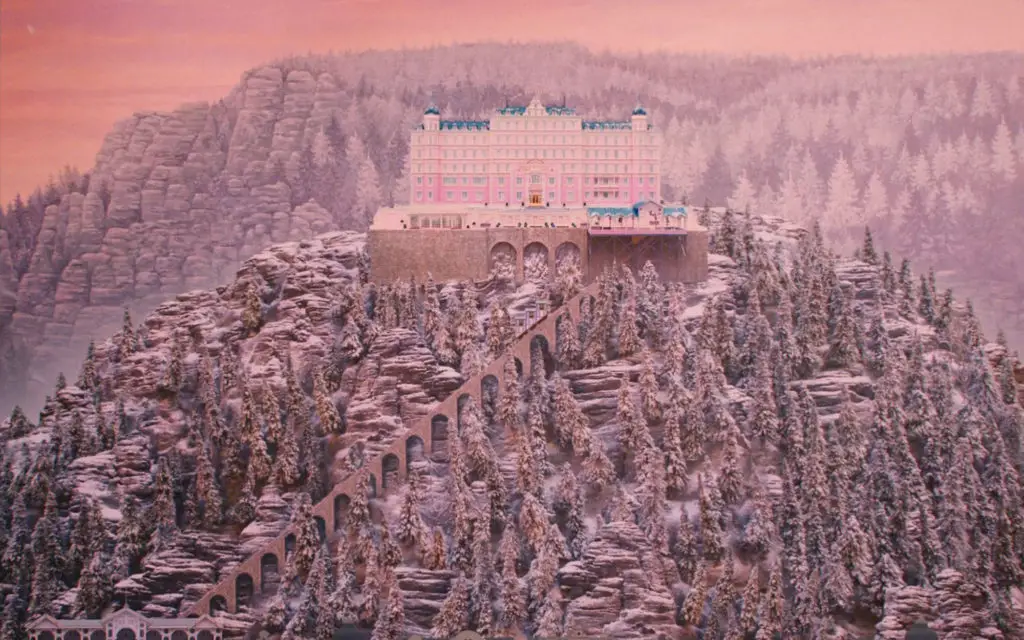I developed a love for cinema at a very young age and I remember watching films in a particular fashion. Unlike most kids at that age who would only appreciate the spectacle on a surface level, I was predominantly invested in the nitty-gritty details of how every element was made. Since I was a kid, I would always make it a point to visit film sets of my favorite films whenever I traveled around the world.
When Harry Potter graced the silver screens in 2001, I was so awestruck by the enchanting world that I promised myself that I would walk the halls of Hogwarts someday. To my surprise, the massive castle that mesmerized me all those years was actually just a miniature scale model. After entering the entertainment industry, I was exposed to the harsh reality that most of the places and things that captivated me as a kid were just perfectly made illusions and special effects brilliantly done by skillful artists in the business.
Small But Mighty
Special effects are no stranger to Hollywood. Its history could be traced back to the early 1900s when Georges Méliès, the father of special effects, used techniques such as stop-action, double exposure, split screens, and miniatures in his film entitled A Trip to the Moon (1902).
Miniature effect is a type of special effect that is primarily used for films and TV series to make identical replicas of buildings, vehicles, animals, places, and things as well as to create made-up worlds using scale models. Hollywood has adapted this method because it is more practical, inexpensive, less time-consuming, and complex than building life-like objects or using advanced special effects such as Computer-Generated Imagery (CGI). Most importantly, the use of old-school effects such as miniatures is widely more valued by audiences as it gives a more realistic impression.
The use of old-school effects such as miniatures is widely more valued by audiences as it gives a more realistic impression
“People seem to appreciate the reality of an image that has been captured through the lens of a camera. I’m sure there are a lot of reasons for this, but it seems that audience members do have a certain tired feeling towards a lot of VFX. To be honest, it’s probably the fault of the film for the most part — if it’s just not holding you for whatever reason, then you’ll start picking things apart as you watch. The human eye is really good at detecting fakeness and people just don’t seem to really enjoy looking at something that has been presented as reality but isn’t really convincing,” via BBC.
Some of the materials commonly used in building miniatures are solid woods, an epoxy-based resin, acrylic plastic and paint, paper clay, polymer clay, brushes, sculpting tools, nails, super glues. If you notice, these materials are easily affordable and available to purchase in your local arts and crafts store. While these may seem like modest things, it packs a lot of power and versatility in creating monumental and timeless pieces that change the way we experience the world.
Masters of Illusion
Due to the power and effectiveness of CGI, scale models have gradually taken a back seat in the entertainment industry. However, it doesn’t mean that it has been completely snubbed by creatives. In fact, here are award-winning films that have completely used scale models to create some of the most memorable scenes and places in movie-making history:








